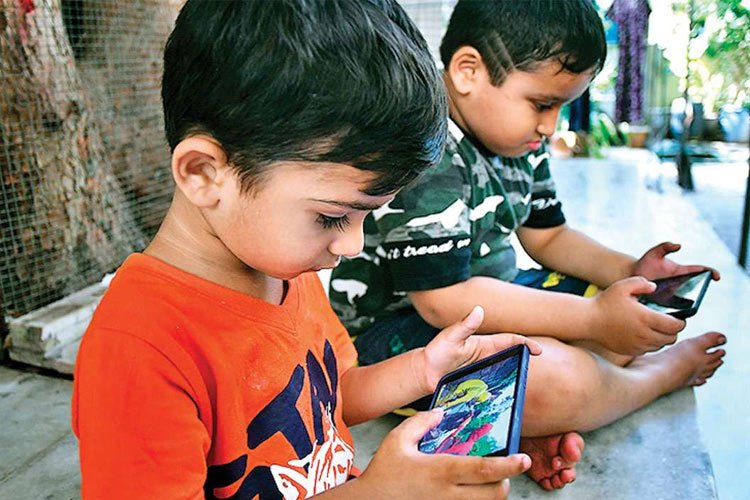In recent times, spine-chilling incidents made headlines where children and teenagers took extreme steps when their digital devices were taken away from them or asked to limit screen time. These incidents were not restricted to particular geographies but occurred worldwide. For instance, a 14-year-old girl student set on fire at a school dormitory in the central town of Mahdia, Guyana, a South American nation, where 19 students lost their lives. It is alarming to note that she took this drastic step after school authorities confiscated her mobile phone. In India, a 15-year-old girl committed suicide by jumping off a building in Mumbai in April 2023 after having a fight with her family over excessive use of mobile phones. Allegedly, after the fight, her family snatched away her phone, following which she took this terrifying step. In another case, a 16-year-old boy in UP killed his mother by shooting because she stopped him from playing PUBG, an online game.
What could have led to these disturbing
incidents? How is Problematic Interactive
Media Use transforming children psychologically?
The online world holds tremendous opportunities but could be more problematic, particularly for children and adolescents. It gives the benefit of being connected anytime and anywhere but negatively impacts children's mental health and well-being. Adolescents spend more and more time on their digital devices, ignoring their health and important activities like sleep exercises, sports and other physical activities, leading to social withdrawals.
Addictive, excessive and compulsive media use is also called Problematic Interactive Media Use (PIMU). PIMU directly impacts a child's day-to-day life, contributes to changes in their behavior and attitude towards people and things around them and reduces the focus on studies. The Online world is a great socialization force for children and adolescents in this digital age. Children and adolescents spend hours in mindless and endless scrolling online and passively consuming content. It has been found that many times these contents (like violence, self-harm, suicide, smoking & drinking, sexual content etc.) are not appropriate for their age and impact them negatively. Online games consume a significant portion of their time, so much so that the World Health Organization classified it as an 'Internet Gaming Disorder'. According to the Institute for Governance, Policies and Politics, New Delhi, report on 'The Patterns of Internet Behavior: From the Perspective of Younger Generation', 23 per cent of the younger generation of the age group 8-24 years spend more than 6 hours on the internet for non-academic use and another 24 per cent spend 4-6 hours. According to the study, 71 per cent agreed that they spend most of their time on social media. Recently a study was conducted by NoMoPhobia in partnership with Oppo, which found that 72 per cent of Indian feel anxious when their battery is low. And suffers from Nomophobia, the fear or anxiety of being without a phone or losing connectivity.
Children and adolescents suffering from PIMU experience many mental health issues like social anxiety, depression, uneasiness and restlessness when their device goes away or the battery dies, substance use and attention-deficit/ hyperactivity disorder(ADHD); further, this problematic media use give rise to health issues like eating disorder and insomnia. ADHD is associated with issues of hyperactivity, attention-seeking syndrome and impulsivity and struggle to control their behavior. It is one of the most severe and concerning consequences of PIMU. Further, it makes children and adolescents excessively use their digital devices. They are more likely to be aggressive and react in anger and cry, take extreme steps as teenagers did in the above three cases and often resort to violence when asked to stop the use of their digital devices.
Shared Responsibility and Proactive Measures
Adolescence is the vulnerable period of a person's life and crucial too. It needs to be taken seriously and protected with utmost care. To safeguard better and protect adolescents, every stakeholder needs to take the initiative, and instead of putting the onus on the parents and caregivers, big techs and institutions need to take greater responsibility and pursue policies to limit screen time by innovating new features as harm generated by technology can only be tackled by technology. Parents also need to make a family plan, establish no tech zones in the home, and present healthy media use behaviour for their children and adolescents.


